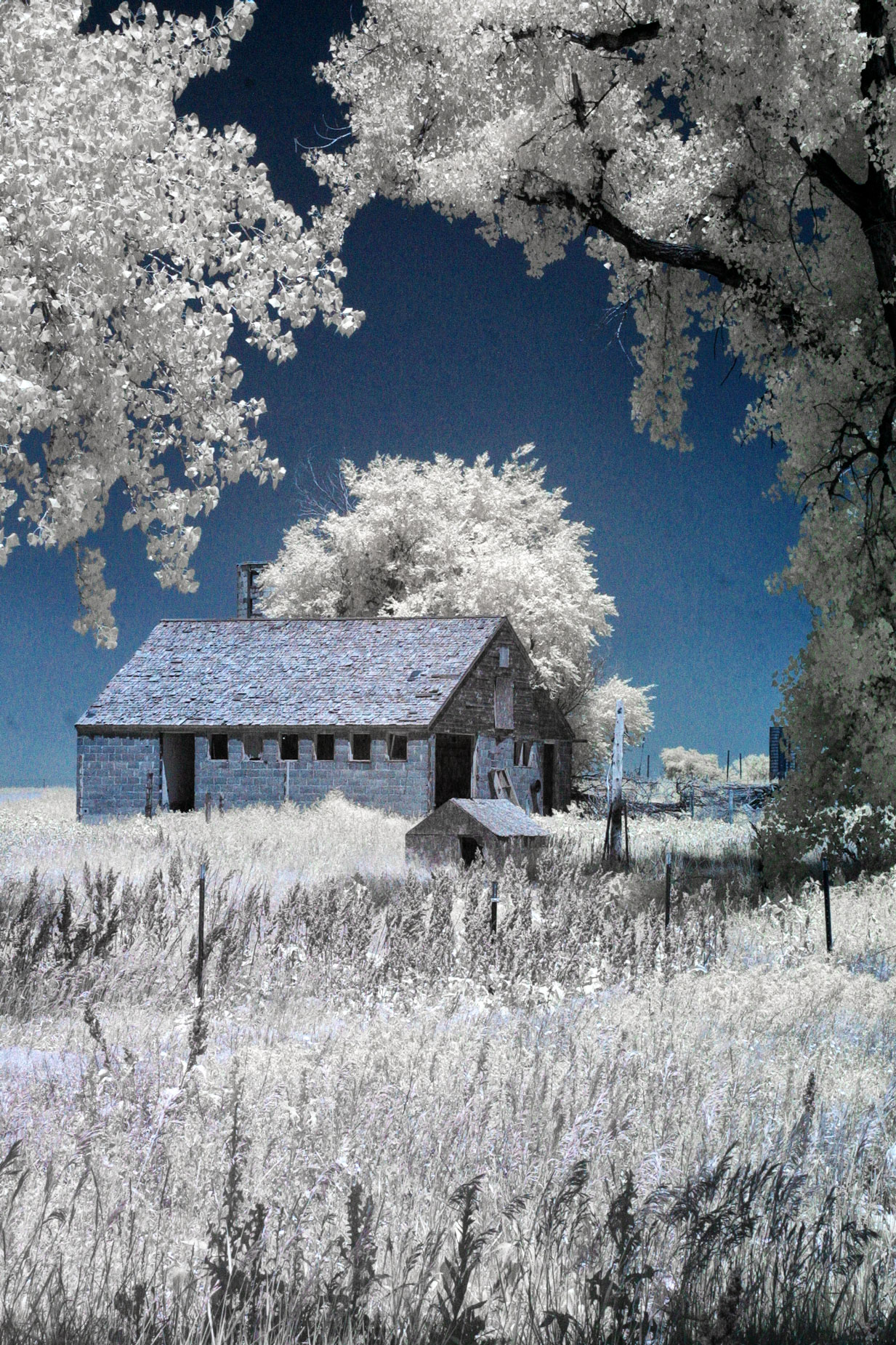Today’s Post by Joe Farace
A photograph can be an instant of life captured for eternity that will never cease looking back at you.—Brigitte Bardot
Most sensors that are used in digital camera are sensitive to more than visible light and can be sensitive to other forms of electromagnetic radiation such as infrared and ultraviolet. To prevent problems with color balance, manufacturers typically place a low pass filter in front of the imaging chip to block excess infrared light and eliminate moiré effects*. A low pass aka anti-aliasing filter rejects strong infrared light while protecting your images from color errors and desaturation, all without any loss of ISO speed.
*Moiré is created when a fine pattern in the subject matches the pattern of the imaging chip. When the two patterns collide, a third, new pattern, called moiré, can be created.
And this is related to infrared how…
 A camera’s infrared capability is a feature often overlooked when cameras are reviewed in many photographic blogs. While the imaging chips in most digital cameras are fitted with an internal infrared cut-off filer designed to reduce IR contamination, some cameras let enough IR through to allow at least some of what techies call near infrared photography.
A camera’s infrared capability is a feature often overlooked when cameras are reviewed in many photographic blogs. While the imaging chips in most digital cameras are fitted with an internal infrared cut-off filer designed to reduce IR contamination, some cameras let enough IR through to allow at least some of what techies call near infrared photography.
One of Farace’s Laws is that most Canon, Nikon, Leica, Olympus and Panasonic cameras can be used with the appropriate filters to capture infrared images. I can’t speak for Fuji and Sony digital cameras because they haven’t loaned me any of their recent cameras so I could test their infrared capabilities.
How I made this photograph: The image at left was captured near Brighton, Colorado using a Canon EOS D30 that was converted by a repair person no longer in business using his 720nm conversion. The lens used was the EF 28-135mm f/3.5-5.6 IS USM at 65mm. You can produce an image in black & white and blue all over like the above image by applying the image processing technique shown in this tutorial
Test, test and test some more
Like everything in digital photography, everything you just read is subject to change. So you’ll need to test your own camera to find out IR sensitive it is. How do you do it? Whenever I get a new digital camera to review, I run down to the family room and give it a “remote control test.” What’s that? One of the easiest ways to check if your digicam is infrared capable is to point a TV remote control at the lens and take a picture or look at the image on the LCD panel. If you see a point of light, you’re ready to make IR digital images.
What happens if your camera fails the test and you just gotta make some IR images? The best course of action is converting your camera for IR-only capture. I’ve mentioned conversions in past posts and even produced a video on the subject, and maybe I’ll jump into it again in an upcoming post.
